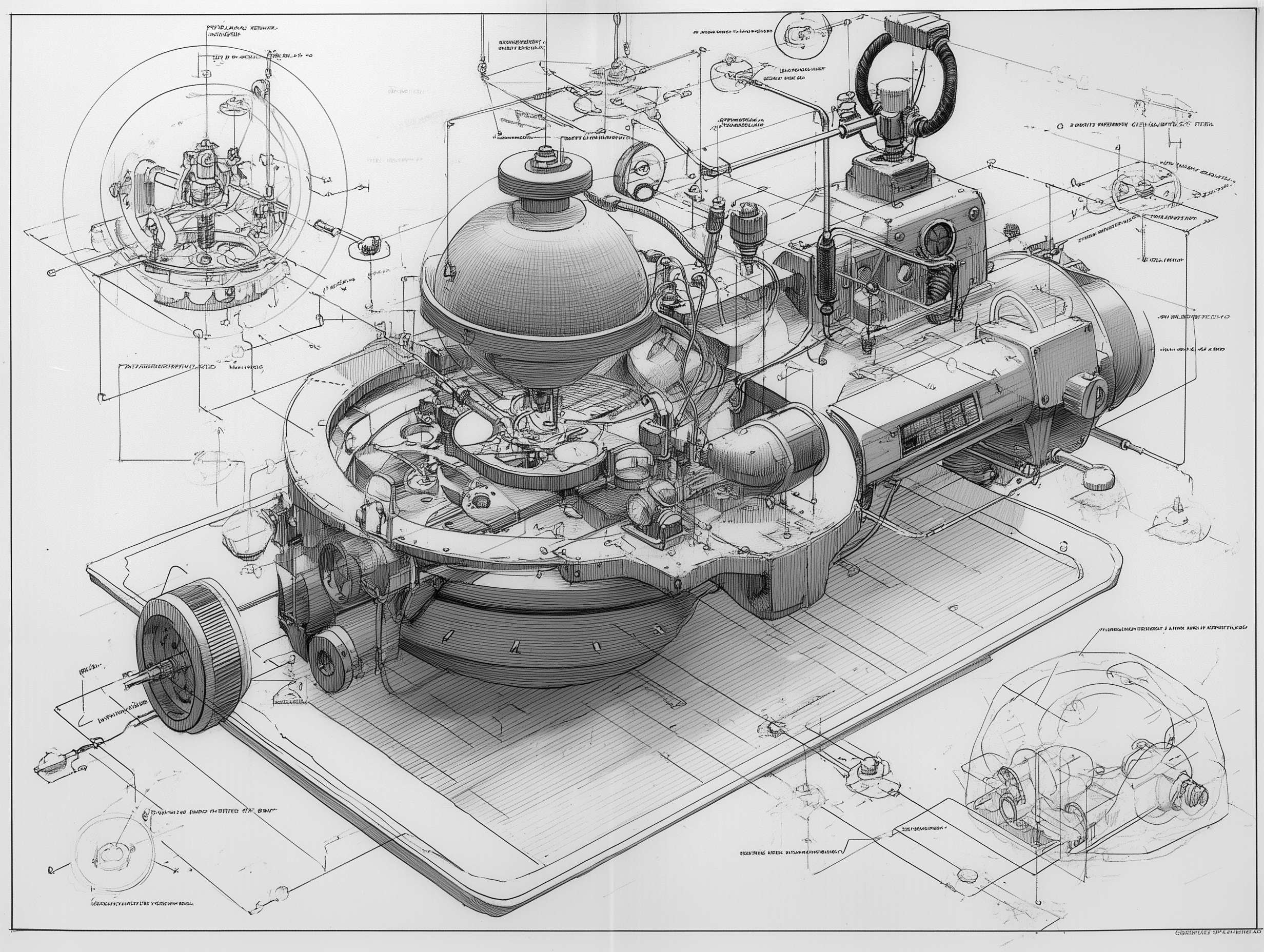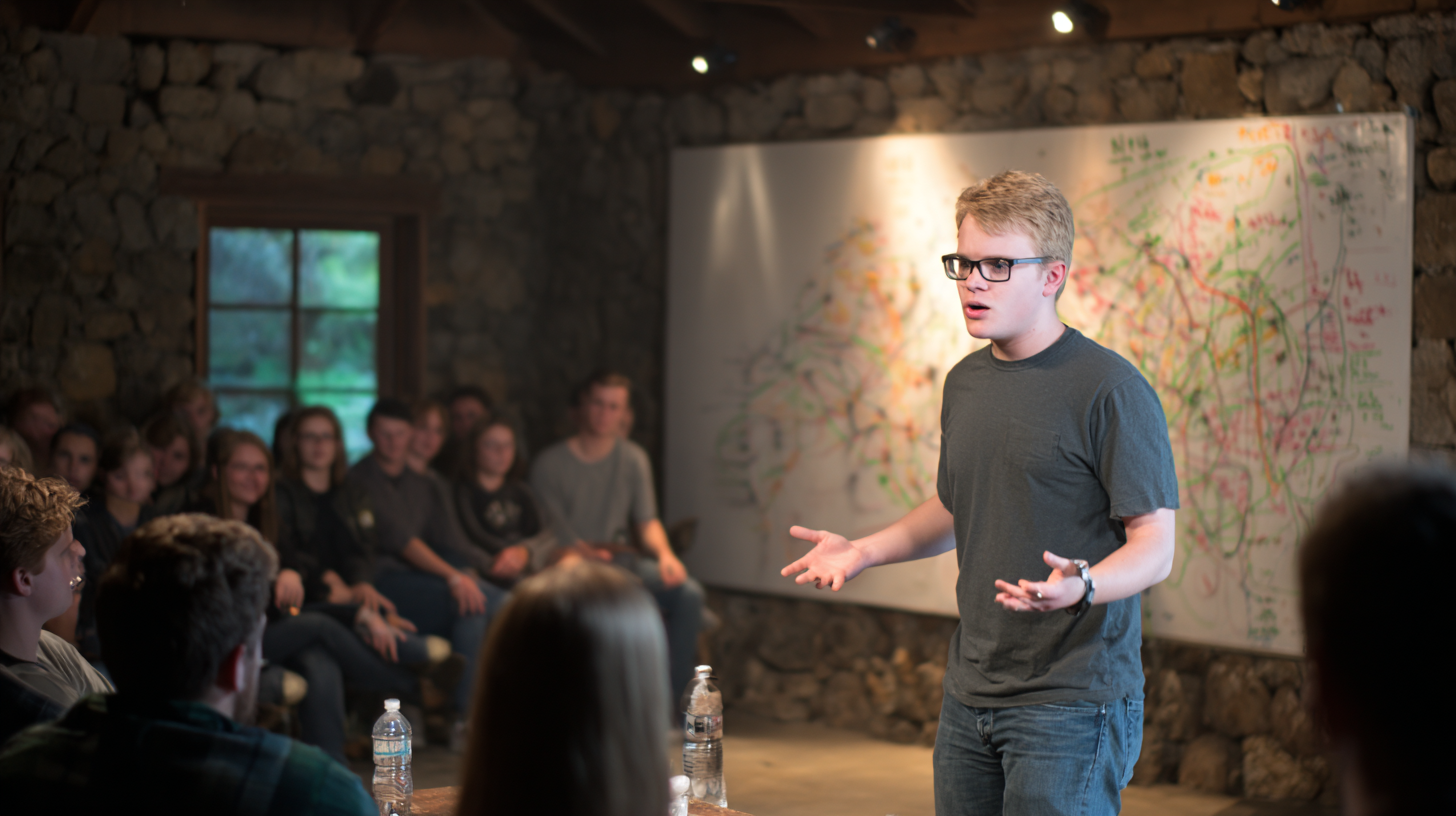By Futurist Thomas Frey
Something extraordinary is happening inside the world’s patent offices. After decades of steady, predictable activity, the landscape of intellectual property has begun to shift dramatically. The number of patent filings worldwide has surged in unexpected ways, and the reason is simple: artificial intelligence has entered the invention business.
For centuries, patents have served as the official ledger of human ingenuity. They captured breakthroughs from the spinning jenny to the telephone to the microprocessor. Each filing was a painstaking effort requiring technical brilliance, legal expertise, and months of drafting. But today, AI can generate new ideas, sketch novel designs, and even draft the legal language needed to submit a patent—all at a pace that outstrips traditional methods. The result is a patent system undergoing radical transformation.
Continue reading… “The Patent Explosion: How AI Is Rewiring Innovation”












